Another revolution in our online world is taking place: a shift to a more secure internet that puts people back in control of their data. In its infancy, this next phase, which is dubbed the Web 3.0, has the potential to allow us to perform things that were previously impossible to accomplish online. Web 3's current state will be briefly examined in this article, followed by a discussion of what we can expect as this new internet develops.
Evolution from Web 1.0 to Web 3.0
The web since its inception in the mid-1990s has gone through three generations so far—Web 1.0, Web 2.0, and now Web 3.0. This quintessential tool has become the primary source of data collection, data sharing, and interaction for billions of people, businesses, and corporations. Understanding how the web began and its progress so far will help give insight into the game-changing development.
Web 1.0 and the read-only web
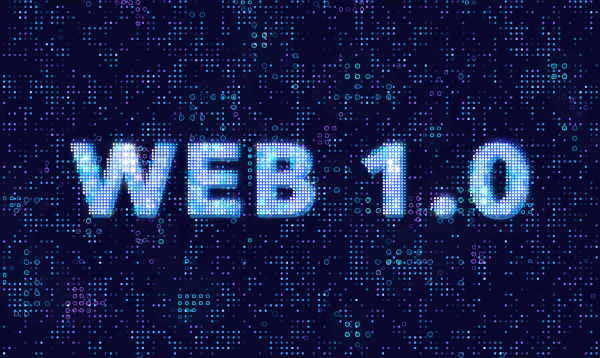
The World Wide Web (WWW) is a network of interconnected networks that can transfer hypertext texts over the Internet. The World Wide Web was originally designed as a read-only, static medium that served information purposes only. They were large servers hosted in companies and home computers which set up syntactic web pages powered by HTTP, HTML, URL, and web browsers.
Content during this era was only created by a few and users of the web had restricted input, as they were unable to generate and display their content, and interact with the content creators or other users.
Web 2.0 and the social web
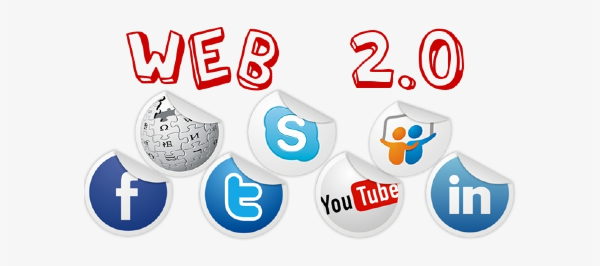
The term "Web 2.0" is sometimes used to characterize the second generation of web-based apps. According to O'Reilly Media's founding father, Tim O'Reilly, who originated the phrase in 1999, social media has made this online connection feasible for everyone who utilizes it. In this phase of the web, users can put data and information, become content creators and be able to interact with other users and content creators.
Web 2.0 applications are characterized as use-write applications, a user-centric approach that focuses on making it as easy as possible for users to interact and share information in the context of their own lives and interests. Big names like Meta (formerly Facebook), Google Docs, Youtube, Gmail, Twitter, Paypal, and WordPress are good web 2.0 examples. This new focus resulted in structural and sociological differences from the previous web phase. Application and web design, ease of use and interaction, and personalized data that can be gathered and sold to third parties became the focal point of successfully integrated or fresh applications.
What is Web 3.0?
Web 3.0 is the next generation of the internet, commonly referred to as a "Decentralized Web", or Web 3. The word was coined by cryptocurrency, Ethereum’s co-founder, Gavin Wood in 2014. Web 3.0 is an evolution of web 2.0 where users control their identity and data rather than third parties, and value exchange occurs directly between peers on the blockchain with cryptocurrencies like Bitcoin and Ethereum rather than ads or subscriptions fees charged by centralized platforms such as Google, Facebook and Twitter, and without interacting with intermediaries like banks or financial institutions.
It is a decentralized web form where apps have been replaced by open source applications called dApps (decentralized applications). The new wave of applications harnessing blockchain technology is being called dApps (decentralized applications) because they run on a peer-to-peer network instead of being hosted by one central server or cloud service provider like Amazon AWS or Microsoft Azure Cloud Services which require users to pay monthly subscription fees to access them online. Content, data, and monetization are entirely user-oriented.
How do we get to Web 3.0?
Web 3.0 is the future. It's not a destination, it's a journey that is coupled with efforts to realize accurate and complete integration into this intriguing phase of the web. Web 3.0 is an ever-changing set of technologies, principles, and applications that will continue to evolve as we discover new ways to use them. Web 3.0 is not just one thing but rather many things working together at once:
A set of technologies (blockchains, peer-to-peer networks, smart contracts, edge computing)
A set of principles (decentralization, interconnection, ubiquity)
A set of applications (dApps)
The use of the web combines these elements has already been seen across different facets of businesses, concepts, and lifestyles.
Web 3.0 Prospects
The opportunities presented by the web over the years have defined human development. Web 1.0 set the building blocks of a possibility on the internet with static read-only data; web 2.0 brought about an era of huge user data collection and interaction. Here are some of the things to look out for as web 3.0 comes with another wave of concepts driven towards a use-write-execute web system.
Decentralization
Centralized systems are vulnerable to censorship because they are controlled by a single entity with a single point of failure. Decentralized systems remove this single point of failure, making them more robust and resilient against censorship attempts.
Open network
Web 3.0 runs an open network system that allows anyone to participate on an equal footing without any restrictions or limitations imposed by the network's service provider or central company. It is also a permissionless network that allows anyone to use the network as long as they comply with its rules.
Data deluge
Smart applications are known to collect data which is used for recommendations and predictions in apps like Netflix and Spotify. Web 3.0 presents an opportunity to have access to that kind of data, where users can use their personal preferences and interests to create a personalized recommendation engine.
Semantics and machine learning
At the core of Web 3.0 sits artificial intelligence, machine learning, and the semantic web. These factors greatly improve user experience by understanding the meaning of words or data rather than just the numbers or keywords themselves. It makes use of search and analysis to develop, connect and present information in a personalized way.
Interoperability
With the advent of a decentralized web system, interoperability will become more widespread as applications can run on a wider range of devices.
Blockchain technology
The blockchain provides a network to aid value creation, recording, and transfer. This important web 3.0 concept serves as a platform upon which other concepts such as cryptocurrency, NFTs, Metaverse, and smart contracts operate.
DApps
Decentralized applications are like an upgraded form of social apps that help showcase the elements of web 2.0. They are run on the blockchain ecosystem and maintain semantic web features available in web 3.0 to fit any kind of project, business, or concept.
Read Also: How To Get Whitelisted On NFT Projects
Conclusion
Here, we've looked at how web technology has evolved from a read-only to a social and to a user-centered and controlled web. Semantic applications in web 3.0 enable new and exciting applications to emerge as a result of the larger and more diverse data that is now available. Because the technology is still in its infancy, several challenges must be overcome before this web phase can boast maturity. It's true that as an information professional, We are excited about web 3.0's promise of more data-driven decisions and better online user experiences.
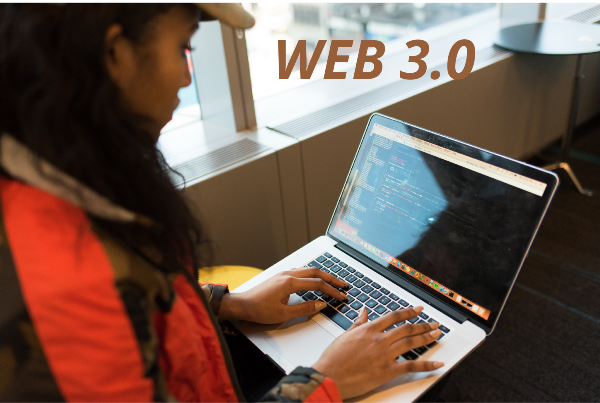


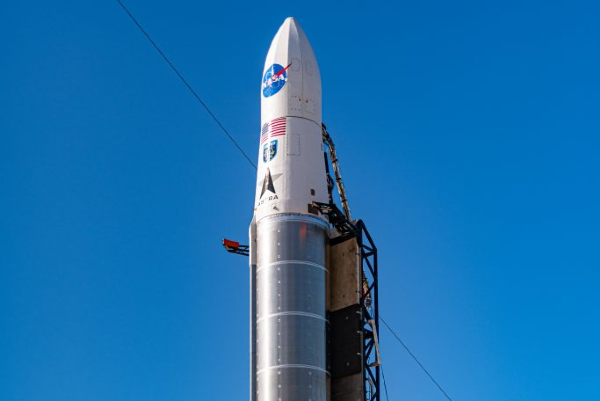
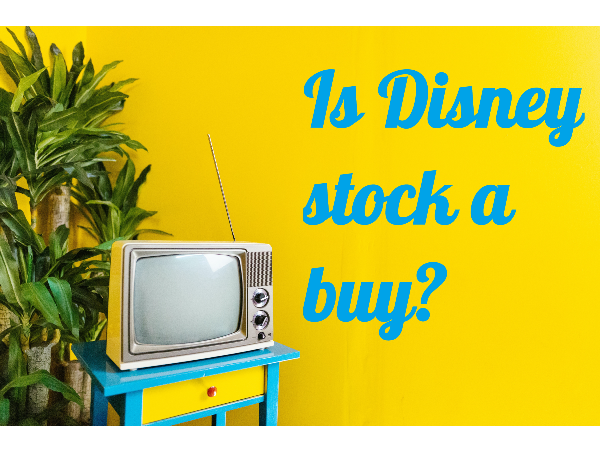

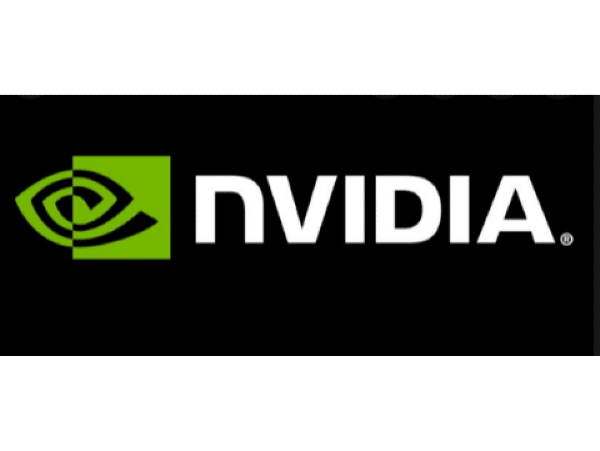



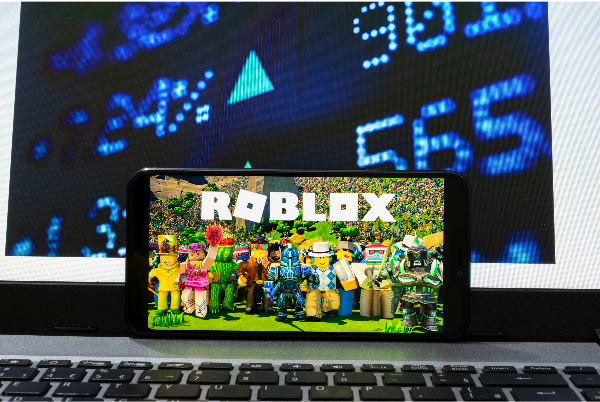


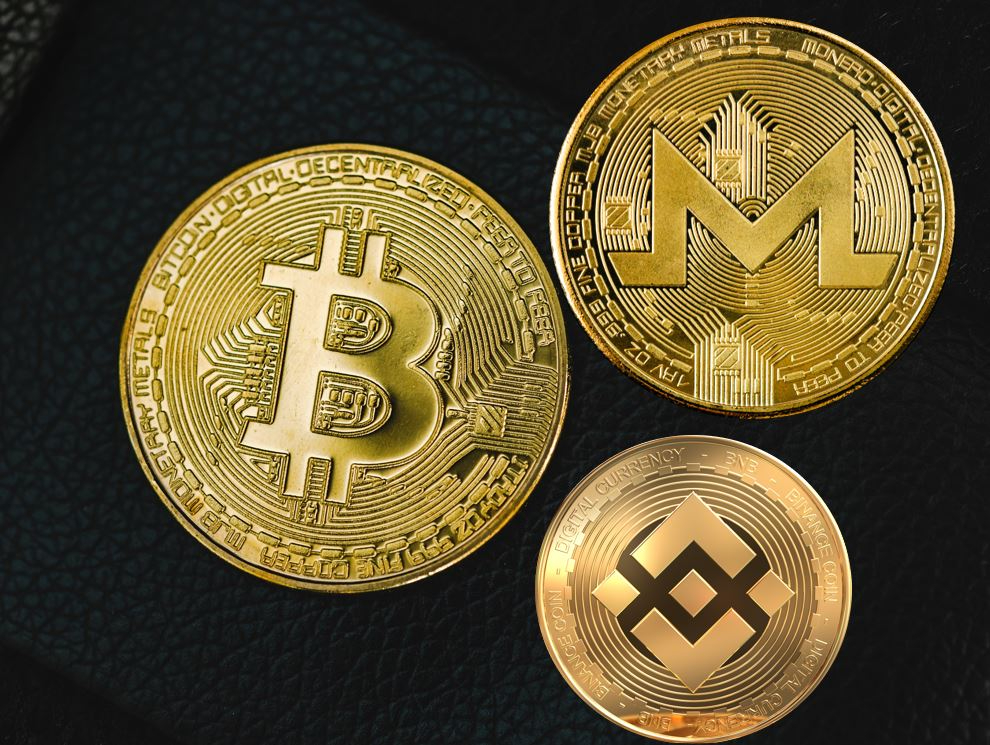








Another revolution in our online world is taking place: a shift to a more secure internet that puts people back in control of their data. In its infancy, this next phase, which is dubbed the Web 3.0, has the potential to allow us to perform things that were previously impossible to accomplish online. Web 3's current state will be briefly examined in this article, followed by a discussion of what we can expect as this new internet develops.
Evolution from Web 1.0 to Web 3.0
The web since its inception in the mid-1990s has gone through three generations so far—Web 1.0, Web 2.0, and now Web 3.0. This quintessential tool has become the primary source of data collection, data sharing, and interaction for billions of people, businesses, and corporations. Understanding how the web began and its progress so far will help give insight into the game-changing development.
Web 1.0 and the read-only web
The World Wide Web (WWW) is a network of interconnected networks that can transfer hypertext texts over the Internet. The World Wide Web was originally designed as a read-only, static medium that served information purposes only. They were large servers hosted in companies and home computers which set up syntactic web pages powered by HTTP, HTML, URL, and web browsers.
Content during this era was only created by a few and users of the web had restricted input, as they were unable to generate and display their content, and interact with the content creators or other users.
Web 2.0 and the social web
The term "Web 2.0" is sometimes used to characterize the second generation of web-based apps. According to O'Reilly Media's founding father, Tim O'Reilly, who originated the phrase in 1999, social media has made this online connection feasible for everyone who utilizes it. In this phase of the web, users can put data and information, become content creators and be able to interact with other users and content creators.
Web 2.0 applications are characterized as use-write applications, a user-centric approach that focuses on making it as easy as possible for users to interact and share information in the context of their own lives and interests. Big names like Meta (formerly Facebook), Google Docs, Youtube, Gmail, Twitter, Paypal, and WordPress are good web 2.0 examples. This new focus resulted in structural and sociological differences from the previous web phase. Application and web design, ease of use and interaction, and personalized data that can be gathered and sold to third parties became the focal point of successfully integrated or fresh applications.
What is Web 3.0?
Web 3.0 is the next generation of the internet, commonly referred to as a "Decentralized Web", or Web 3. The word was coined by cryptocurrency, Ethereum’s co-founder, Gavin Wood in 2014. Web 3.0 is an evolution of web 2.0 where users control their identity and data rather than third parties, and value exchange occurs directly between peers on the blockchain with cryptocurrencies like Bitcoin and Ethereum rather than ads or subscriptions fees charged by centralized platforms such as Google, Facebook and Twitter, and without interacting with intermediaries like banks or financial institutions.
It is a decentralized web form where apps have been replaced by open source applications called dApps (decentralized applications). The new wave of applications harnessing blockchain technology is being called dApps (decentralized applications) because they run on a peer-to-peer network instead of being hosted by one central server or cloud service provider like Amazon AWS or Microsoft Azure Cloud Services which require users to pay monthly subscription fees to access them online. Content, data, and monetization are entirely user-oriented.
How do we get to Web 3.0?
Web 3.0 is the future. It's not a destination, it's a journey that is coupled with efforts to realize accurate and complete integration into this intriguing phase of the web. Web 3.0 is an ever-changing set of technologies, principles, and applications that will continue to evolve as we discover new ways to use them. Web 3.0 is not just one thing but rather many things working together at once:
A set of technologies (blockchains, peer-to-peer networks, smart contracts, edge computing)
A set of principles (decentralization, interconnection, ubiquity)
A set of applications (dApps)
The use of the web combines these elements has already been seen across different facets of businesses, concepts, and lifestyles.
Web 3.0 Prospects
The opportunities presented by the web over the years have defined human development. Web 1.0 set the building blocks of a possibility on the internet with static read-only data; web 2.0 brought about an era of huge user data collection and interaction. Here are some of the things to look out for as web 3.0 comes with another wave of concepts driven towards a use-write-execute web system.
Decentralization
Centralized systems are vulnerable to censorship because they are controlled by a single entity with a single point of failure. Decentralized systems remove this single point of failure, making them more robust and resilient against censorship attempts.
Open network
Web 3.0 runs an open network system that allows anyone to participate on an equal footing without any restrictions or limitations imposed by the network's service provider or central company. It is also a permissionless network that allows anyone to use the network as long as they comply with its rules. Data deluge
Smart applications are known to collect data which is used for recommendations and predictions in apps like Netflix and Spotify. Web 3.0 presents an opportunity to have access to that kind of data, where users can use their personal preferences and interests to create a personalized recommendation engine.
Semantics and machine learning
At the core of Web 3.0 sits artificial intelligence, machine learning, and the semantic web. These factors greatly improve user experience by understanding the meaning of words or data rather than just the numbers or keywords themselves. It makes use of search and analysis to develop, connect and present information in a personalized way.
Interoperability
With the advent of a decentralized web system, interoperability will become more widespread as applications can run on a wider range of devices.
Blockchain technology
The blockchain provides a network to aid value creation, recording, and transfer. This important web 3.0 concept serves as a platform upon which other concepts such as cryptocurrency, NFTs, Metaverse, and smart contracts operate.
DApps
Decentralized applications are like an upgraded form of social apps that help showcase the elements of web 2.0. They are run on the blockchain ecosystem and maintain semantic web features available in web 3.0 to fit any kind of project, business, or concept.
Read Also: How To Get Whitelisted On NFT Projects
Conclusion
Here, we've looked at how web technology has evolved from a read-only to a social and to a user-centered and controlled web. Semantic applications in web 3.0 enable new and exciting applications to emerge as a result of the larger and more diverse data that is now available. Because the technology is still in its infancy, several challenges must be overcome before this web phase can boast maturity. It's true that as an information professional, We are excited about web 3.0's promise of more data-driven decisions and better online user experiences.